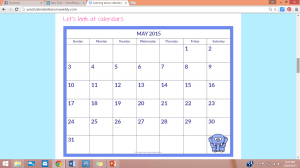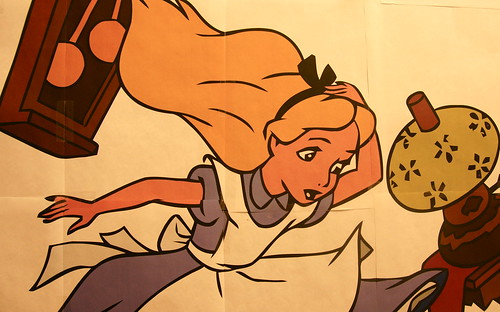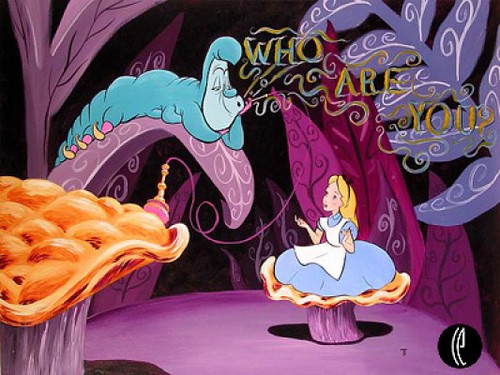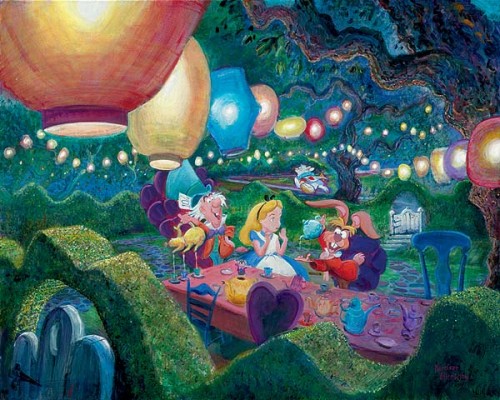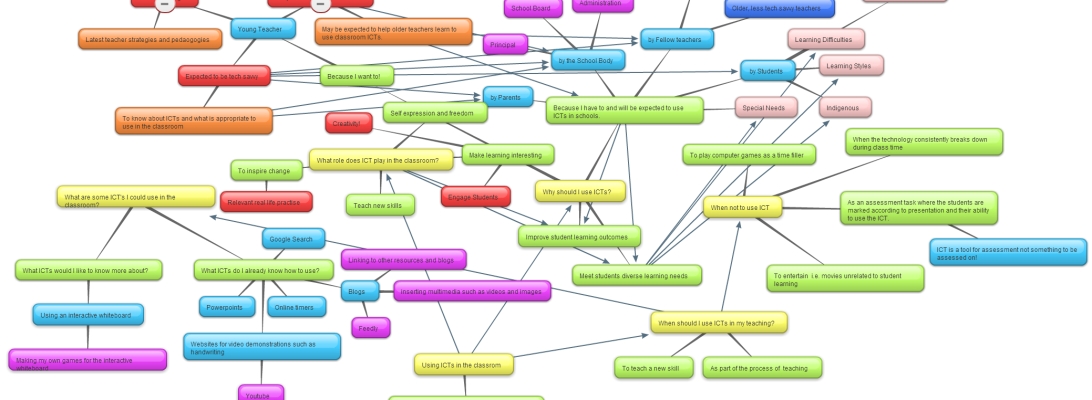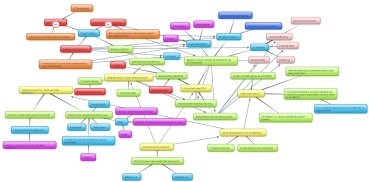Hello everyone,
Today I had my very first lesson in using ICT’s in the classroom with my Year 2 class. I’m currently on professional experience for 3 weeks and I’ve just finished my first week with these students.
The class is quite chatty and energetic. I’ve been having trouble getting all the students to listen when I’m explaining a task. I have a very quiet voice which doesn’t help and I end up trying to compete with them. So far, I’ve had little success with worksheets and explicit teaching. So I’ve tried a different approach.
Today I taught the students about calendars in Maths. I actually made a little website using weebly. This was to help me put all of my online resources in the same place so that i could just scroll down and access them and to save wait time. Previously using the smartboard, things would take a while to load or open and the students would start talking or fighting amongst themselves.
BUT the important thing is that a website allows me to step back from the spot light and just be a facilitator for the children’s learning. This way they don’t get sick of listening to my voice all the time 😛
On the website, I used some upbeat songs to help the students to remember the days of the month and the days in the week. This actually worked really well and the students joined in singing with a few prompts from me to help them remember the words.
I also had examples of calendars that were child friendly and colourful as a visual. This worked well because the images were larger on the screen than on an A4 sheet of paper. All of the students could see it very clearly. The only problem is that one girl kept asking me why there was an elephant on the bottom of the calendar :p
Next to introduce the worksheet creatively to the kids, I actually used a Voki avatar to introduce a problem that the students had to solve by working through the worksheet. I had an avatar of a soccor player tell the children that he had a big game coming up but can’t remember what day its on. His coach suggested that he uses a calendar.
The reason for using a VOKI was so that the students aren’t listening to me explaining things all time and they could listen to something more interesting than me.
The only issue is that the voices on the website are very monotone. It’d be interesting to see how the kids respond to it.
On the worksheet, the students were given the dates of the Soccor games and training to put on their calendar.
Unfortunately I didn’t get up the voki stage because the students took so long working on their time unit that I only got to briefly talk over the calendars. However the videos and visuals I used were a success and students were really engaged!
Almost success….
To view the webpage I created please click here




